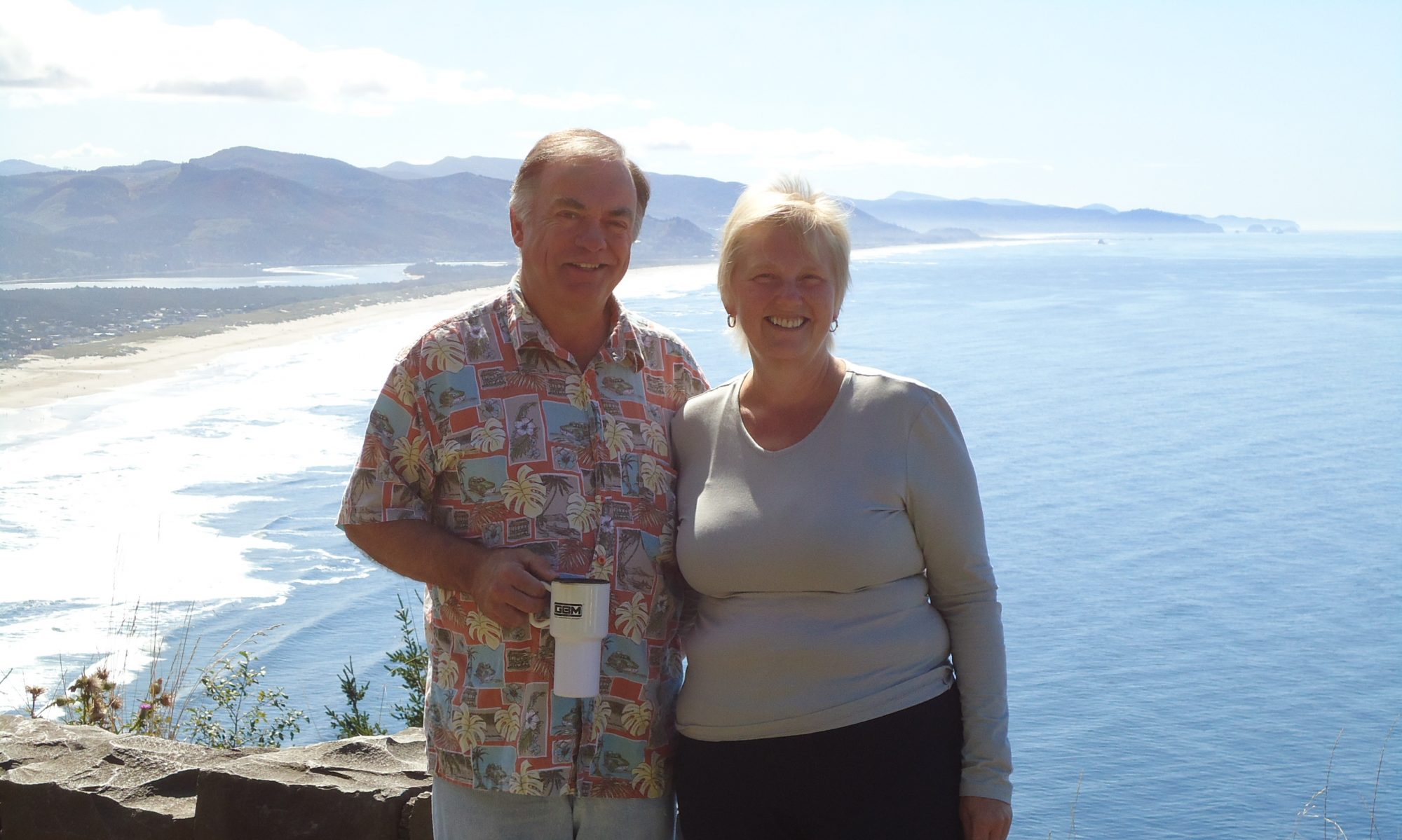For the past few months, Betty and I have been staying put in our home on wheels. Due to the ongoing world-wide spread of the coronavirus, we have hunkered down in our campsite on Vancouver Island. Unable to travel to warmer climes, it is the only place in Canada that sees little or no snow, with the campgrounds open year-round. We are happy to be here!
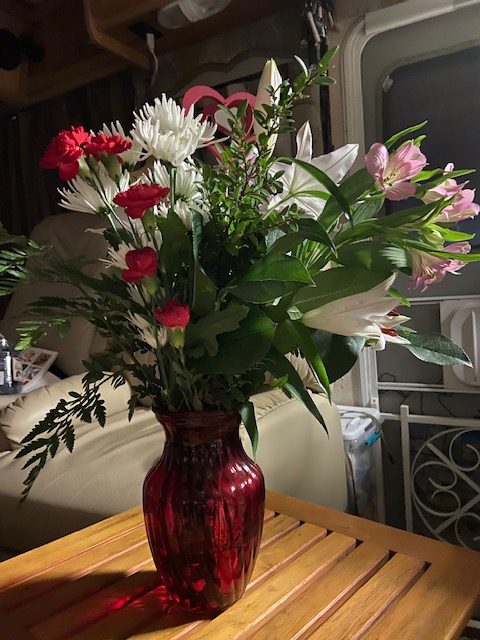
At the same time – as mentioned in our last blog post – I have been immobilized by sciatica. The nerves running all the way down my right leg constantly throb in pain, shooting sharp jabs down its length with any unexpected movement. Diagnosed with bone spurs on my lumbar spine last month in Nanaimo hospital, I have since attended the Urgent Care clinic in Ladysmith for a medication top up. Needless to say, I am not operating at 100%, and am looking forward to a return to normal – hopefully sooner, rather than later. In the meantime, I’m not going anywhere fast.

All this to say that I’ve had quite a bit of downtime lately, and as mentioned in my last post, have been using that time to write my memoirs. Rather than a single chronological narrative, I have described thirty memories of life adventures that could be told as campfire stories.
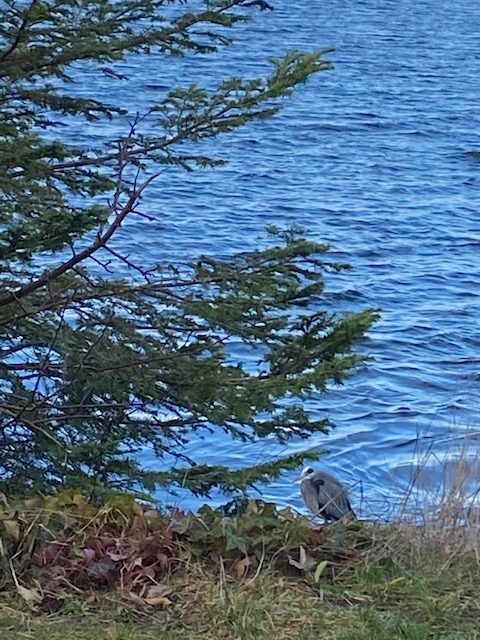
There might be some irony here. Often when Betty & I have sat by the fire with fellow campers, they will ask: “So Graham, what do you do for a living?”. My elusive answer: “I am retired”. Their follow up: “But what did you do before retirement?” Usually at that point I will try to change the subject, because I have always found it difficult to answer in one or two words, like Nurse, Mechanic, Lawyer, etc. How do I describe the unique journey I’ve taken through life, in a concise, understandable way?
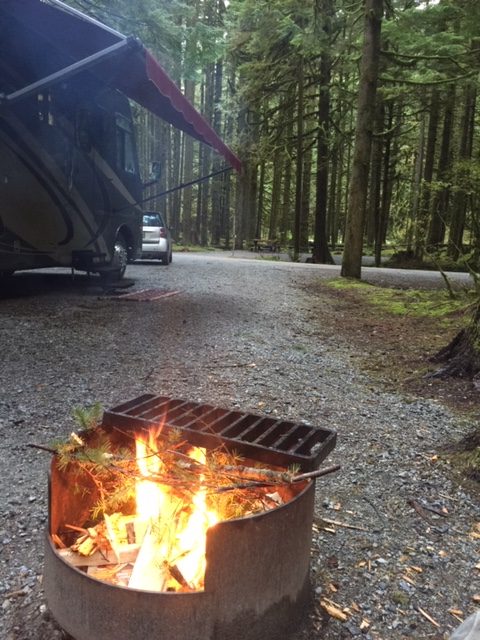
Not all of my campfire stories are alike. Do I just tell one anecdote, or a series of disparate memories. All are tales of my unique encounters with Canadian criminal justice, and for the sake of this travel blog, they could be described as my roadmap of a journey to justice. They’re going to have to read the map!
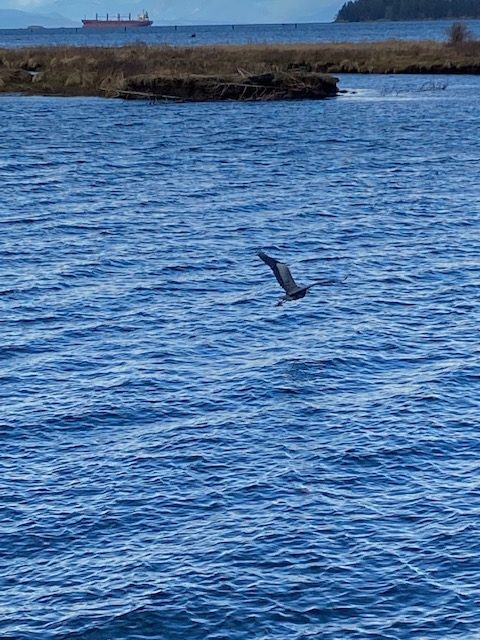
On the crime victims’ side, this journey led to the development of a plan for an oasis along their route to healing. On the offenders’ side, the map describes a path to redemption, making amends to the greatest extent possible for harms caused. Neither path can turn back the clock to a better life – there is no time travel here. But the paths do describe both small and large ways that roadblocks preventing a future, more abundant life can be overcome.

A number of times the victim and offender paths crossed, and campfire tales describe the nature of those interactions. Through Safe Justice Encounters, for instance, crime victims sought and received answers from the crime perpetrators that were not addressed in court. The Paying Forward Project provided opportunities for victims and community members to safely meet those serving long prison sentences, challenging them to develop a clearer sense of victim empathy. The inmates were encouraged to use their time for the betterment of others. The result was the creation of time-consuming, intricate jewellery by the prisoners, which was then sold to the public. All proceeds went to support crime victims.
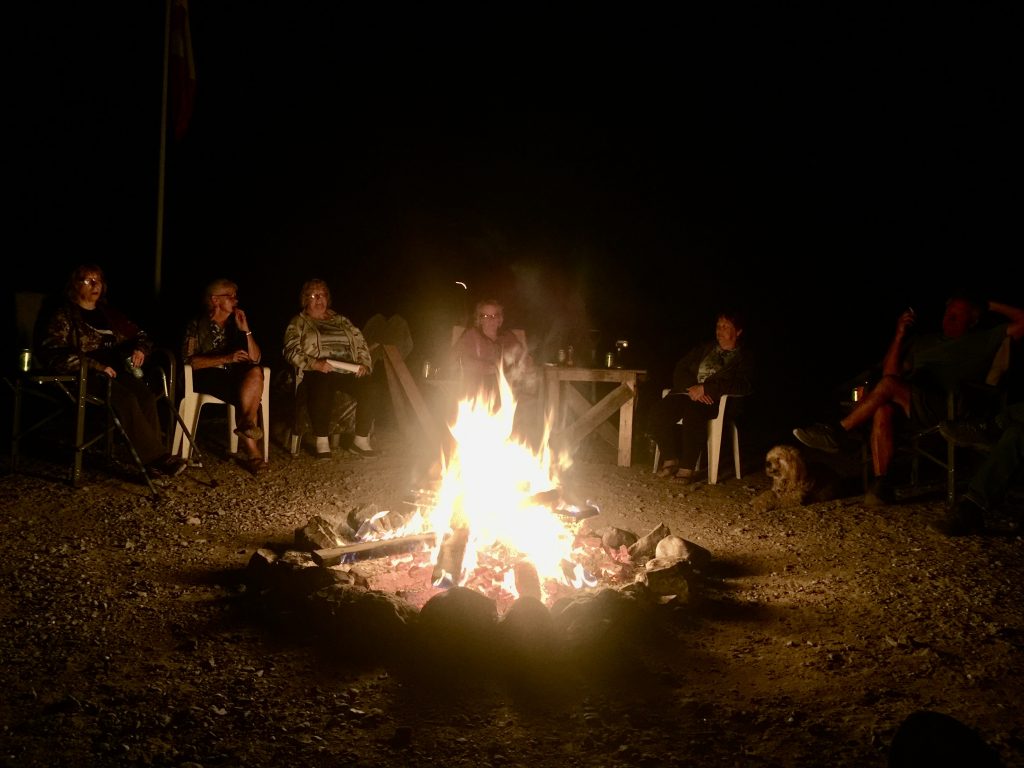
These are just a couple of the 30 stories written off-the-top-of-my-head in the past two months. When Betty and I return to Winnipeg in May, I hope to access the stored materials in our son Andrew’s basement. Among the memorabilia are pictures that help to highlight some of these tales. Don’t know yet whether the finished book will be for our children and grandchildren only, or whether it will be more broadly circulated, around future campfires, for instance.
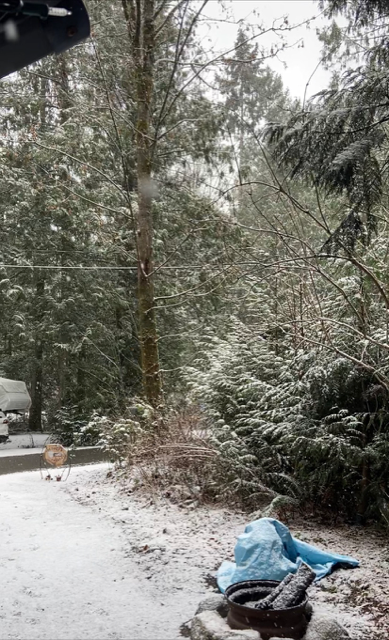
Given the travel restrictions over the past period, I have found the reminiscing and writing to be a worthwhile use of my time. This journey to justice wasn’t without its detours and bumps in the road. But I hope my campfire stories can help our kids and grandkids understand where I’ve been all this time, and how we can all better travel the road of life. As Roy Rogers would sing: “Happy trails to you, until we meet again!”
Cheers!
